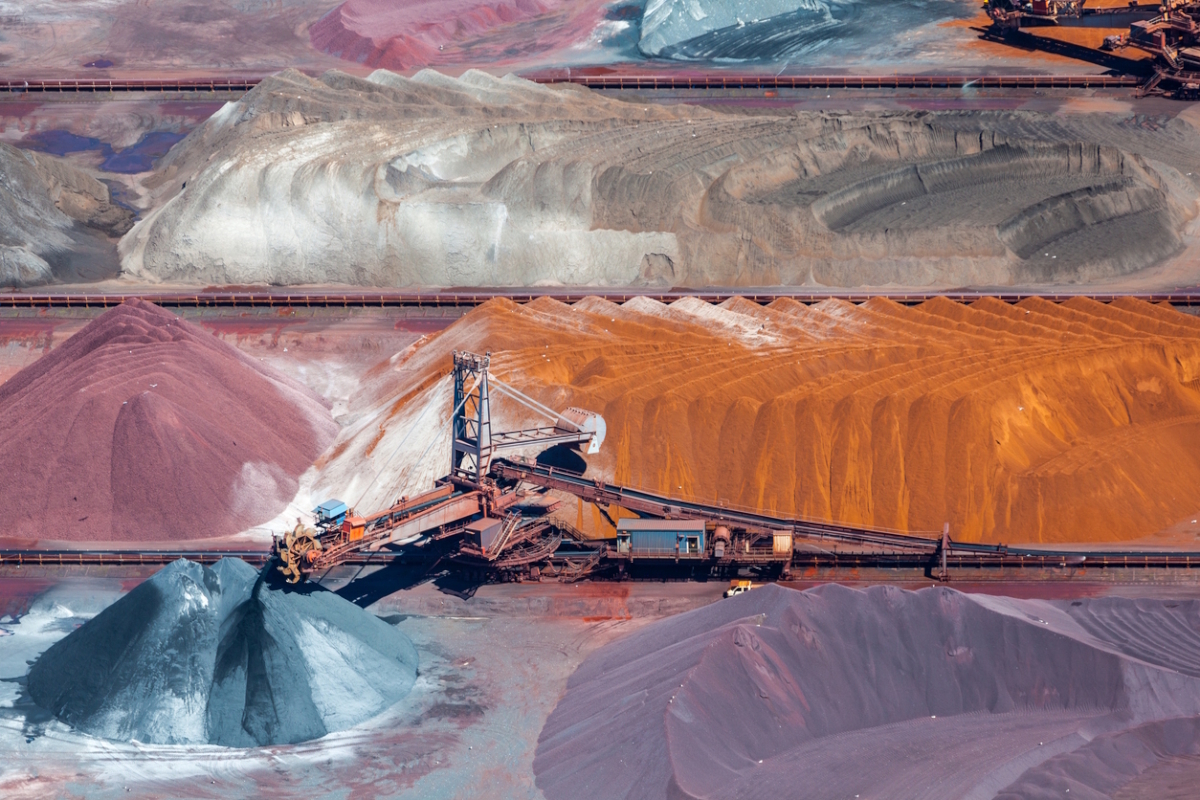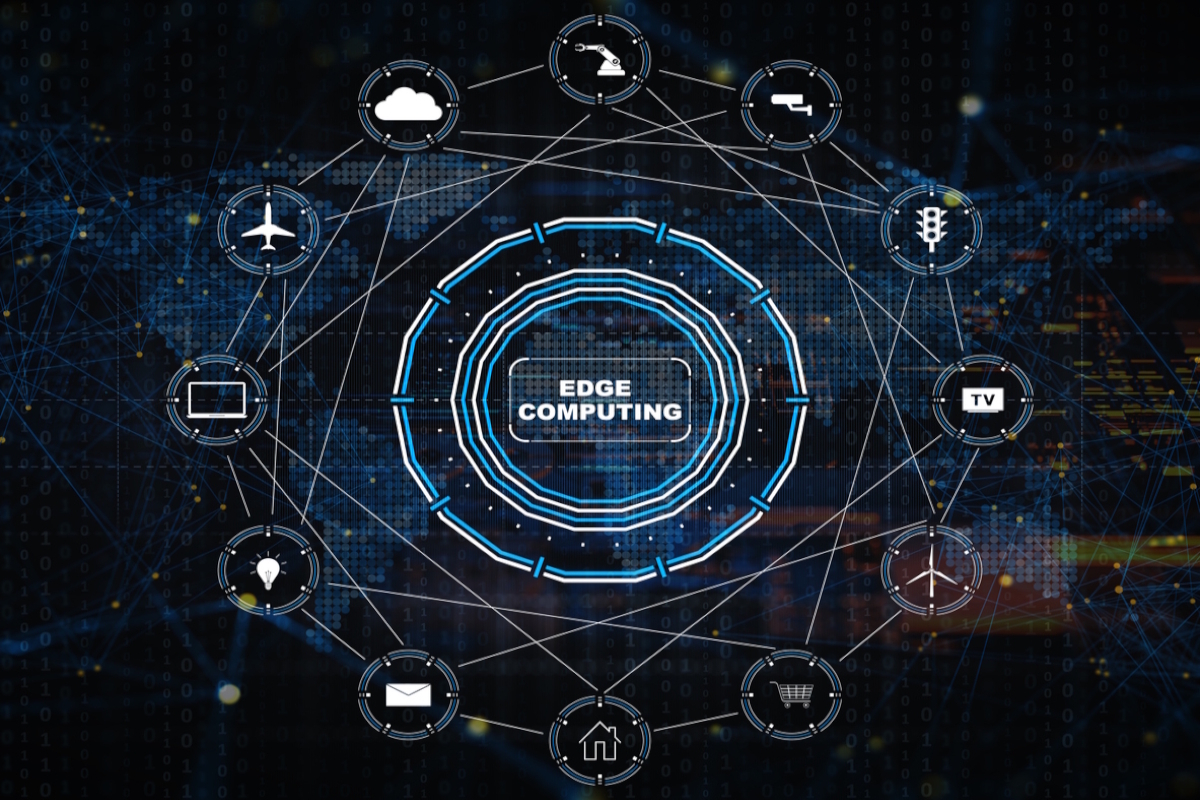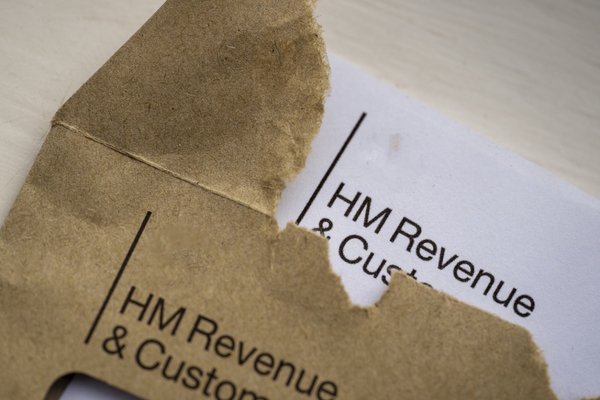The first mile: a blind spot no business can afford

Caroline Grey at Treefera considers what businesses need to do to set themselves up for long-term success in an ever-evolving supply chain market
Global enterprises rely on raw materials sourced from remote regions to power everything from product lines to revenue forecasts. However, most lack meaningful data on the environmental and operational conditions within these sourcing regions, also known as the “first mile”. The health and stability of these areas determine commercial performance, yet they remain one of the biggest blind spots in modern business.
Twenty years ago, this may have been acceptable. Today, it is a liability. Weather patterns are more volatile. Environmental shocks are more frequent. Regulatory expectations are rising. When floods, droughts or land degradation hit the first mile, the ripple effects move fast. Procurement stalls. Pricing becomes volatile. Compliance breaks down. Without data at the source, businesses are left guessing at the cause and scrambling for solutions.
This is no longer an ESG conversation. It is a C-suite mandate. Resilience starts where materials originate. Businesses need systems that can see and respond to risks before they become losses.
The lack of first-mile visibility feeds risk
Historically, large enterprises sourced raw materials from high-risk regions, with little to no visibility into ground conditions. They relied on static audits, disconnected datasets or supplier declarations that lacked verification. Within sourcing regions, risks tend to be more prevalent and impactful; however, the data quality to mitigate them is the weakest. This approach is not just inefficient. It is dangerous.
We now know that around 60% of supply chain risk takes place in the first mile. To build resilience, businesses need to apply financial-grade data discipline to supply chains. Tools like satellite imagery and drone feeds exist to provide surface-level monitoring. However, these lack the deep insights needed to establish risk-mitigating frameworks.
Businesses need platforms that combine AI-powered analytics, satellite imagery, land use history and regulatory frameworks to give them a comprehensive view into ground-level activity. They need support in understanding the source and the tools to track changes over time. This enables them to react with confidence when risks emerge.
Technology as an enabler
Businesses need the right technology to monitor deforestation in sourcing zones, detect crop failure risks linked to land changes and verify supplier practices in line with evolving legal requirements. By having this in place, supported by a network of partners and endpoints, companies can unlock insurance for nature-based projects that previously sat outside insurable risk thresholds.
AI-powered platforms can help businesses validate conditions on the ground, meet insurer requirements and reduce verification timeframes that can otherwise delay coverage. When a project becomes insurable, it becomes investable. Better data does not just reduce risk. It enables capital to move where it could not before.
Sourcing beyond sustainability
Business leaders don’t only need a sustainability report. They need a continuous intelligence layer for procurement, sourcing, compliance and risk teams. This can be done through access to tools that deliver risk scores, compliance alerts and emissions insights that plug directly into enterprise workflows. They need data that is built to be auditable, traceable and responsive to changing regulatory conditions.
Furthermore, the value these tools bring goes beyond specific sectors. Supply chain resilience is essential for agricultural buyers, manufacturers and insurers. They all need AI-powered visibility platforms to protect revenue, meet compliance obligations and adapt quickly to environmental change. What connects them is the need for better data at the point of origin. With bespoke, deliberate and comprehensive tools, they have real-time access to the places and conditions that shape their supply chains and reinforce ongoing resilience.
First-mile visibility is the future of resilience
First-mile visibility is no longer a competitive advantage. It is basic infrastructure. Companies that invest at the source are better equipped to avoid disruption, meet legal standards and plan for volatility. In a world where environmental and regulatory pressure is growing, ignoring the first mile is no longer an option.
Caroline Grey is Co-Founder and CRO at Treefera
Main image courtesy of iStockPhoto.com and Opla

Business Reporter Team
You may also like
Most Viewed
Winston House, 3rd Floor, Units 306-309, 2-4 Dollis Park, London, N3 1HF
23-29 Hendon Lane, London, N3 1RT
020 8349 4363
© 2025, Lyonsdown Limited. Business Reporter® is a registered trademark of Lyonsdown Ltd. VAT registration number: 830519543





